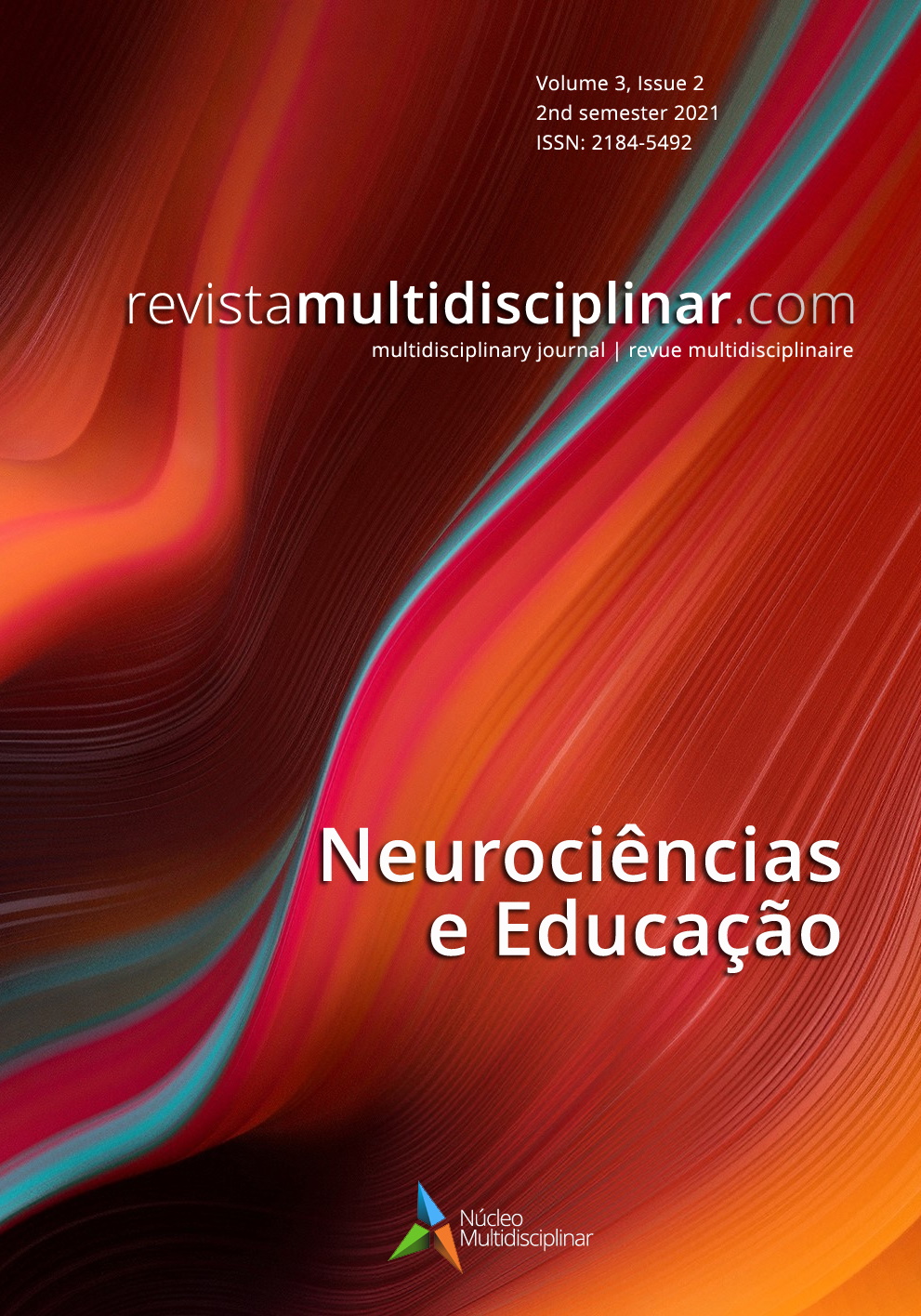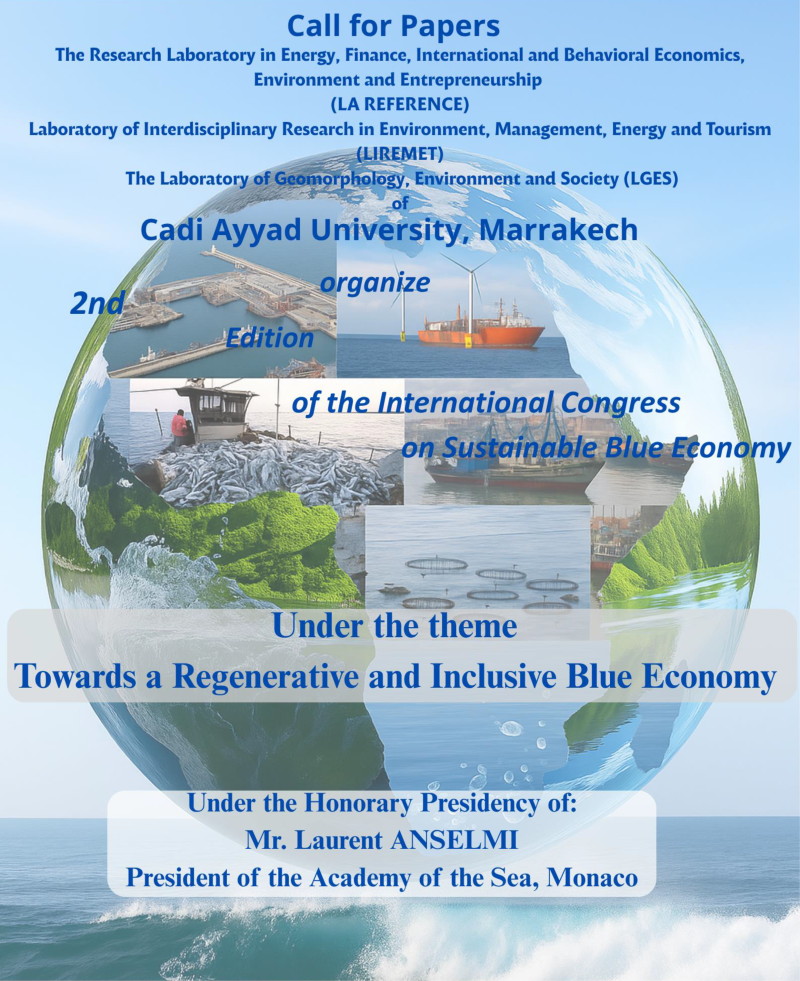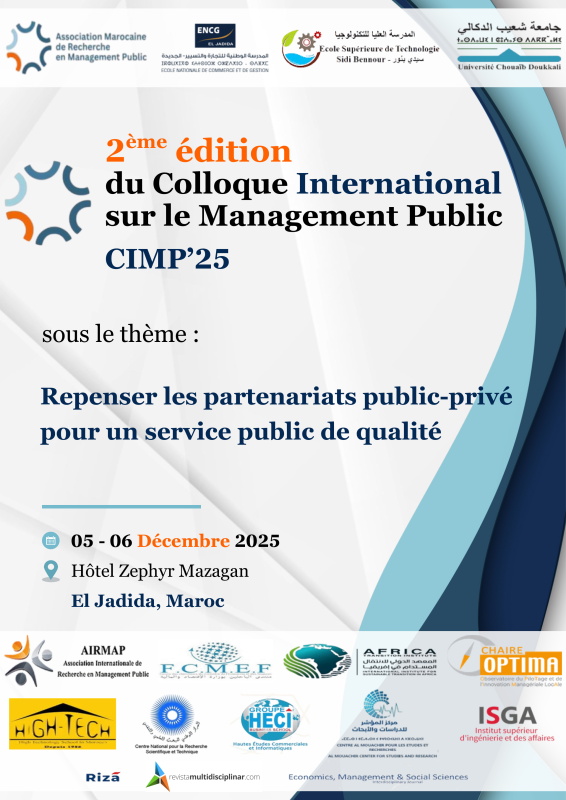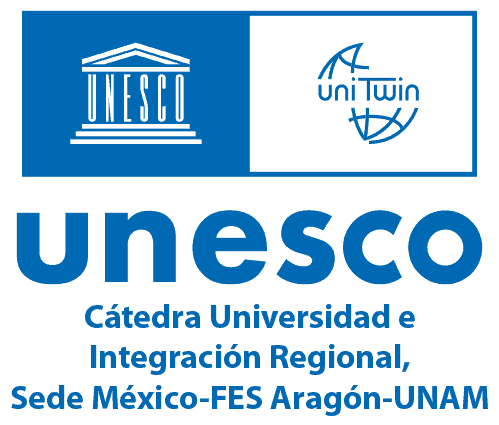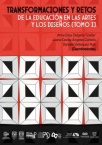Biology of fear and the learning of institutionalized children
Interactions with animals
DOI:
https://doi.org/10.23882/NE2150Keywords:
biology of fear, children in institutions, interactions with animals, neuro learning, host institutionAbstract
In this document we propose to describe an educational intervention in a Host Institution, in which we implemented a set of activities that allowed a group of twelve children to interact with non-human animals. Of the various activities carried out, we will expose two of them, which are called: "Attracting birds to the garden of the Host Institution" and "Tingling".
With the presentation of these two activities, we intend to demonstrate a way to promote diverse learning in institutionalized children with high emotional and experiential vulnerability, basing our options on studies of neurolearning, the biology of fear, and interactions with animals.
Throughout the educational intervention, our purpose was to enable children to have moments of learning and well-being, in which the "human" could develop through the "non-human" and that they could establish neuronal connections competing with previous connections in which fear was prevalent.
This educational intervention was developed in the scope of a partnership between the University of Algarve and the referred Host Institution, in which a group of twelve children interacted with non-human animals, particularly birds and ants.
References
Damásio, A. (1999). O sentimento de si. O corpo, a emoção e a neurobiologia da consciência. Lisboa: Europa-América.
Hebb, D. (1949). The Organization of Behavior. A Neuropsychological Theory. New York: John Wiley & Sons.
Hodges. J., & Tizard, B. (1989). IQ and Behavioural Adjustment of Ex‐Institutional Adolescents. The Journal of Child Psychology and Psychiatry, 30(1), 53-75. https://doi.org/10.1111/j.1469-7610.1989.tb00769.x
Howe, A. (2002). As ciências na educação de infância (pp. 503-526). In B. Spodek (Org.). Manual de investigação em Educação de Infância. Lisboa: Fundação Calouste Gulbenkian.
Fialho, I. (2007) A ciência experimental no jardim-de-infância. Departamento de Pedagogia e Educação Universidade de Évora. http://hdl.handle.net/10174/5093
Fonseca, V. (2016). Importância das emoções na aprendizagem: uma abordagem neuropsicopedagógica. Revista Psicopedagogia, 33(102), 365-384.
Lopes da Silva, I., Marques, L., Mata. L., & Rosa. M. (2016). Orientações Curriculares para a Educação Pré-Escolar. Lisboa: Editorial do Ministério da Educação. Direção Geral da Educação.
Louv, R. (2008). Last child in the woods. Saving our children from nature-deficit disorder. USA: Algonquin Books and Chapel Hill.
Monteiro, R. (2014). Young zoo visitors’ prior knowledge: Challenges for environmental and science education? At crossroads of EE and Science Education: A collaborative research agenda. International Research Symposium. Faculty of Education, University of Ottawa, Canada. 9 Oct. 2014.
Monteiro, R. (2017). O medo e o stress e os efeitos dos mesmos no desenvolvimento da criança. Uma olhar da ciência. I Congresso de Justiça Restaurativa da Família e das Crianças. Claustro Sul do Palácio Nacional de Mafra, Portugal.
Monteiro, R., & Reis, G. (2014). Interspecies human encounters as learning opportunities in/for environmental education. 43rd North American Association for Environmental Education (NAAEE). Conference 8-10 Oct. Ottawa, Canada. http://dx.doi.org/10.13140/2.1.3195.6481
Monteiro, R., & Reis, G. (2017). Keep calm and touch the crocodile: the discourse mediation of human-nonhuman interspecies interactions. Canadian Society for the Study of Education (CSSE). Annual Conference Reyerson University, Toronto, May 2017.
Monteiro, R., & Reis, G. (2020). Animals ‘Я’ us: Egomorphism in/for Science and Environmental Education. Society & Animals, 28(5-6), 592-612. https://doi.org/10.1163/15685306-12341526
Neves, J., & Monteiro, R. (2014). How full is your luggage? Background knowledge of zoo visitors regarding sharks. Environmental Education Research, 20(3), 291-312. https://doi.org/10.1080/13504622.2013.780586
Tizard, B., & Hodges, J. (1978). The effect of early institutional rearing on the development of eight-year-old children. Child Development, 43, 337-358.
Downloads
Published
How to Cite
Issue
Section
License
Copyright (c) 2021 Rute Rocha

This work is licensed under a Creative Commons Attribution-NonCommercial 4.0 International License.

